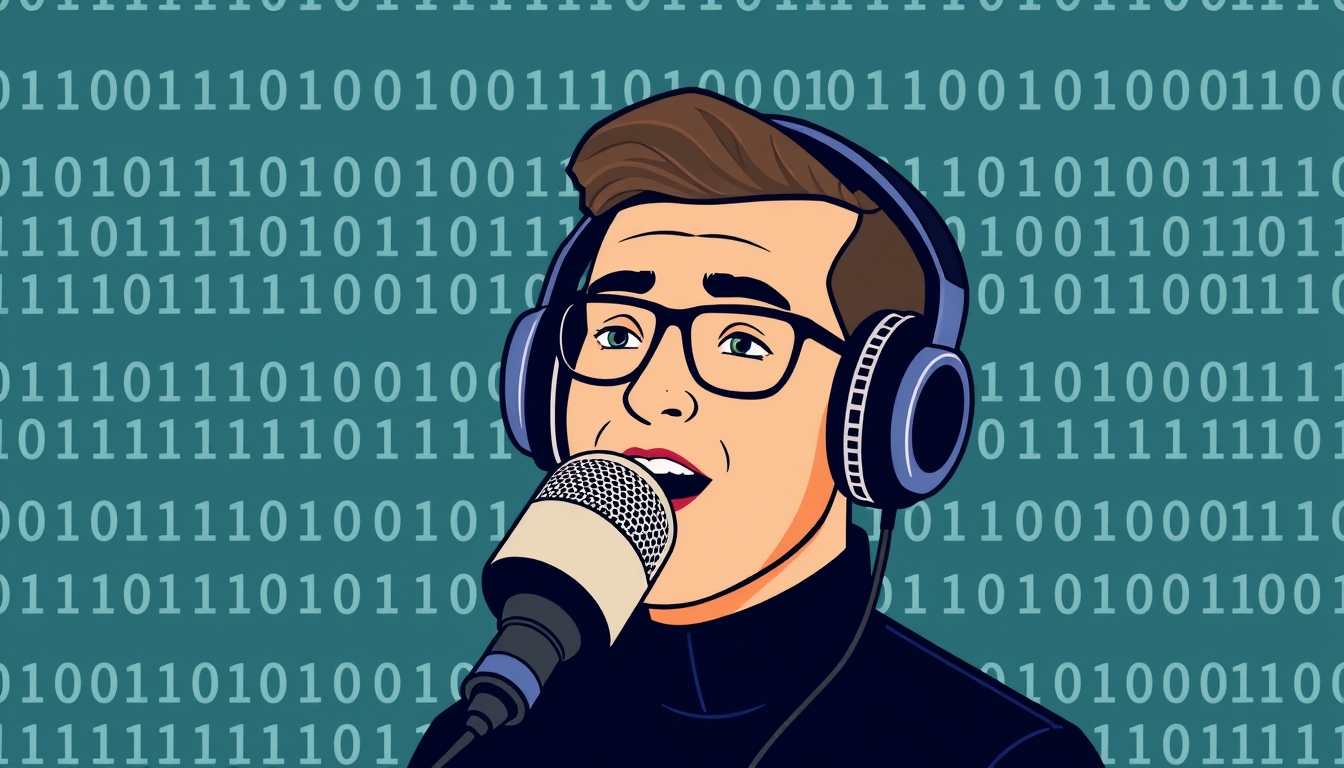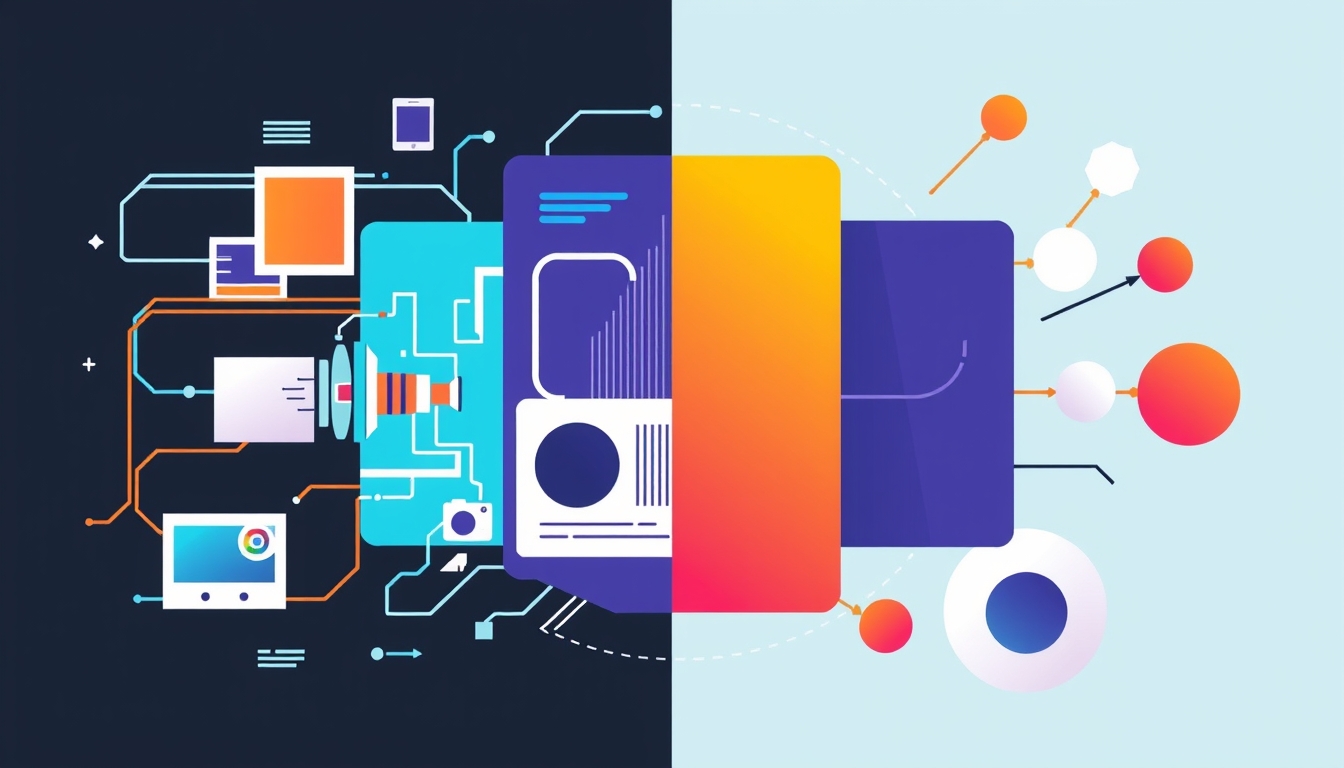Bobbi Althoff & AI Deepfake: Navigating Digital Misuse

In a digital age where seeing is no longer believing, Bobbi Althoff found herself at the center of a deepfake controversy that underscored the perilous intersection of technology and trust. February 2024 saw an explicit AI-generated video falsely attributed to the influential podcaster, sparking a broader discourse on the implications and ethical challenges posed by deepfake technology. As Althoff swiftly denied her involvement, the incident illuminated the vulnerability of public figures to digital manipulation and the urgent need for strategies to safeguard digital integrity.
The Bobbi Althoff deepfake incident: uncovering the controversy

Understanding the incident and its impact
This incident highlights the profound impact such technology can have on public figures, who are particularly susceptible to digital manipulation. The rapid dissemination of the video across various social media platforms further accentuated the challenges in maintaining digital trust. Audiences now face an increasing struggle to distinguish between authentic and fabricated content, underscoring the delicate balance between technological innovation and the preservation of digital integrity.
The significance of deepfake technology in media
Deepfake technology has become a prominent feature in media and entertainment, offering new avenues for creative expression while posing significant risks. The Bobbi Althoff incident exemplifies the dual nature of deepfakes, serving both artistic endeavors and nefarious purposes, and raising serious questions about authenticity and trust in media content.
How did Bobbi Althoff respond to the deepfake allegations?
Bobbi Althoff swiftly addressed the deepfake allegations on social media, stating, "Hate to disappoint you all, but the reason I'm trending is 100% not me & is definitely AI-generated." Her statement aimed to dispel misconceptions and reaffirm her commitment to transparency, mitigating the immediate impact on her reputation and underscoring the importance of clear communication.
The mechanics of deepfake creation

Component | Description |
|---|---|
Generator | Creates fake content by analyzing and mimicking real data. |
Discriminator | Evaluates the authenticity of the generated content. |
Technical insights into deepfake technology
Deepfakes are crafted through a sophisticated process involving deep learning, a subset of AI that trains neural networks to generate convincing synthetic media. The creation of a deepfake typically involves two main components:
Generator:Creates fake content by analyzing and mimicking real data.
Discriminator:Evaluates the authenticity of the generated content.
Over time, the generator improves its ability to "trick" the discriminator, resulting in increasingly realistic and indistinguishable deepfakes. While this technological process is neutral by nature, its implications are largely dependent on its application. Understanding the mechanics of deepfake creation is essential for developing strategies to counteract misuse while harnessing the technology's potential for positive applications.
Ethical considerations and potential misuse

Deepfakes present a range of ethical dilemmas, including privacy violations, reputational harm, and the potential for identity theft. The ability to create realistic fake content raises significant ethical questions about consent and the misuse of personal likenesses. Deepfakes can be used to produce non-consensual pornography or to manipulate videos for political or personal gain, leading to widespread misinformation and societal harm.
What are the main ethical concerns with deepfakes?
Deepfakes raise several ethical concerns, including the non-consensual use of individuals' likenesses, the potential for spreading misinformation, and the risk of reputational damage. The technology can be exploited to create misleading or harmful content without the subject's knowledge or consent. Addressing these concerns requires a careful balance between fostering innovation and upholding ethical standards. Ensuring that deepfake technology is used responsibly is crucial to maintaining public trust and safeguarding individual rights.
Viral spread and challenges in digital authenticity
The rapid proliferation of deepfake content
The rapid dissemination of the Bobbi Althoff deepfake video across platforms like X (formerly Twitter) underscores the challenges in controlling misinformation and verifying digital content authenticity. Within a day, the video garnered over 6.5 million views, illustrating how quickly deepfake content can spread and gain traction online. This incident exemplifies the difficulties in distinguishing genuine content from sophisticated forgeries in the digital age, where AI technology can create convincing fake media that undermines trust and credibility.
Strategies for maintaining digital integrity
In an era where digital authenticity is increasingly questioned, individuals and organizations must adopt strategies to protect themselves and enhance digital literacy.Critical thinking and skepticism are crucial tools in navigating the digital landscape, enabling users to question content validity and verify authenticity. Additionally, technology plays a significant role in safeguarding digital integrity, with tools and software available to detect and flag potential deepfakes.
How can individuals protect themselves from deepfake misinformation?
To safeguard against deepfake misinformation, individuals should be vigilant, critically evaluate digital content, verify sources, and use technology to detect deepfakes. Education on AI-generated content's capabilities and limitations is crucial for recognizing risks. Fostering digital literacy and skepticism helps individuals navigate digital complexities and maintain security.
Legal frameworks and the evolving landscape
Legal Measure | Description |
|---|---|
Defamation laws | Protect individuals from false statements that harm their reputation. |
Right of publicity laws | Prevent unauthorized use of a person's likeness for commercial gain. |
Anti-deepfake legislation | Specifically targets the creation and distribution of harmful deepfakes. |
Fraud and identity theft laws | Address deceptive practices and unauthorized use of personal information. |
Current legal protections and challenges
The legal landscape surrounding AI-generated content is continually evolving to address the challenges posed by deepfakes. Current legal measures include:
Defamation laws: Protect individuals from false statements that harm their reputation.
Right of publicity laws: Prevent unauthorized use of a person's likeness for commercial gain.
Anti-deepfake legislation: Specifically targets the creation and distribution of harmful deepfakes.
Fraud and identity theft laws: Address deceptive practices and unauthorized use of personal information.
Despite these frameworks, enforcing laws across different jurisdictions remains challenging due to the global nature of the internet and the rapid pace of technological advancement. Legal systems must adapt to effectively address the unique characteristics of AI-generated content and protect individuals from harm.
The path forward: enhancing regulation and cooperation
As deepfake technology continues to advance, future legal and regulatory developments are necessary to combat misuse effectively.International cooperation is crucial in creating adaptive legal frameworks that can address the cross-border nature of digital content. Collaborative efforts between governments, tech companies, and legal experts are needed to establish comprehensive regulations that balance innovation with ethical responsibility. Strengthening legal protections and enhancing cooperation can help mitigate the risks associated with deepfakes and foster a safer digital environment.
What legal actions are available to victims of deepfakes?
Victims of deepfakes have several legal recourses available, including pursuing claims under defamation laws, right of publicity laws, and anti-deepfake legislation. These legal actions aim to address reputational harm, privacy violations, and unauthorized use of personal likenesses. In some cases, victims may also seek remedies through laws related to fraud and identity theft. As legal frameworks continue to evolve, new legislation may emerge to provide additional protections for individuals affected by deepfake content.
Social media platforms as gatekeepers of content
The role of platforms in managing deepfake content

Social media platforms serve as critical gatekeepers in managing and mitigating the spread of deepfake content. The Bobbi Althoff incident highlighted the challenges these platforms face in implementing effective content verification systems and protecting users from fake media. Despite having rules prohibiting nonconsensual nudity, platforms like X struggle to keep up with the rapid dissemination of deepfakes. This underscores the need for more robust verification systems and improved platform responses to address the growing prevalence of AI-generated content.
Innovations in content moderation and user protection
To enhance content moderation efforts, social media platforms are exploring technological innovations and policy developments. Advances in AI detection technologies can help identify and flag deepfake content more effectively, providing a layer of protection for users. Additionally, platforms are working to balance user safety with freedom of expression by implementing policies that address the unique challenges posed by deepfakes. Successful strategies involve collaboration with tech experts, legal authorities, and users to create an environment that promotes digital integrity while upholding individual rights.
How are social media platforms currently handling deepfake content?
Currently, social media platforms employ a variety of measures to detect and manage deepfake content. These include using AI algorithms to identify potential deepfakes, implementing user reporting systems, and collaborating with fact-checking organizations to verify content authenticity. While these measures have shown some effectiveness in ensuring user safety, platforms continue to face challenges in keeping pace with the rapid evolution of deepfake technology. Enhancing detection capabilities and fostering collaboration across the digital ecosystem are essential for addressing these ongoing challenges.
The future of digital integrity and deepfake technology
Anticipating advancements and societal impacts
As deepfake technology progresses, its societal impacts will become increasingly significant. The technology holds the potential to revolutionize industries like entertainment and education, offering new opportunities for innovation. However, its dual nature as both a tool for creativity and a source of concern necessitates careful consideration of its implications. Anticipating future developments in deepfake technology involves understanding its potential benefits and risks, as well as preparing for the challenges it may pose to digital integrity and authenticity.
Building a collaborative approach to digital authenticity
Fostering a secure digital environment requires collaboration between tech companies, governments, and users. By promoting awareness and resilience against deepfake misuse, stakeholders can work together to enhance digital authenticity. Education plays a crucial role in this process, as it empowers individuals with the knowledge and skills to navigate the digital landscape effectively. Integrating deepfake awareness into educational curricula and promoting digital literacy can help build a society that is better equipped to address the challenges posed by AI-generated content.
What role can education play in combating deepfake issues?
Education is vital in combating deepfake issues by enhancing digital literacy and resilience. By incorporating deepfake awareness into educational programs, individuals can learn to critically evaluate digital content and recognize potential misinformation. Educational initiatives should focus on fostering critical thinking, promoting media literacy, and encouraging a responsible approach to technology use. By equipping individuals with the tools needed to navigate the complexities of the digital world, education can play a pivotal role in addressing the challenges associated with deepfake technology.
Information sources